Column
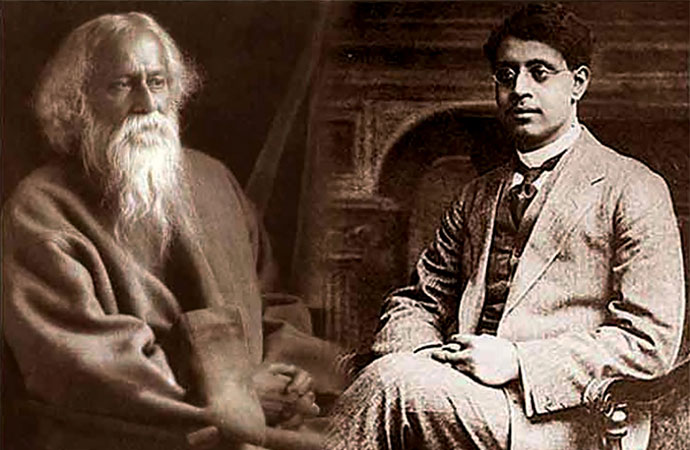
Rabindranath Tagore & Sukumar Roy. Image: Collected
Bengal at the meeting point of two centuries saw profound changes and turmoil. They had been on for many decades but began to mature as it ended the 19th century. Ironically, some of the foundational contending issues were resolved particularly the conflict between the older feudal class and the new colonial ruling class through the Sepoy Mutiny.
But that actually pushed the new ones that colonialism itself produced when they took power to the main ringside. The ending of feudalism and its desire to be significant politically again crashed because the new classes had no affinity with the old. It was not a history of hybrid intentions when it came to matters of power.
The hybrid class
And they arose precisely where the older classes ended. It was amongst the new ruling classes and not just within them but conflict with other classes as well. And it's in this interactive space that the hybrid class emerged carrying both roles of the collaborating beneficiary and the critic of the same. And it's in this jousting arena that the new history was played out.
It was more sophisticated than the broad brushed feudal culture but within it, this new culture carried its own contradictions. It was caught between its own sense of belonging to a local culture and yet aware that colonialism had played the most important role in the production of this new class.
It was not just Sukumar Roy who was affected by this push-pull dynamics of social hybridity but the class as a whole. And we see that not only in the work and thoughts of Roy but Tagore as well. In fact, it was something that was faced almost at a collective level because practically the entire Roy and the Tagore family had several members who were actively involved in multiple cultural production activities of this conflicting variety. This was not because they chose to but as producers of cultural artifacts, no other option other than the hybrid one, mixing their acceptance of colonialism and criticizing the same was possible.
Constructing Nonsense
Using "Nonsense" was part of Sukumar Roy's creative literary strategy from early on. It allowed him to question not just events but value structures as well. For example, the "Bhalo re Bhalo" poem says everything is "Good" which in effect means there is no such thing as bad exists. That means only good exists so nothing has any value since all are the same-good. Thus he put a question mark on his society's value and by extension himself. It's a simple poem yet at its meaningful core, it's both hard hitting towards society and oneself as well.
As stated this sense of hybridity obviously had deep roots within his environs, family and finally himself. He was part of the hybrid "Brahmo Samaj "- a theistic sect established by Raja Ram Mohon Roy and Dwarokanath Thakur and promoted and funded by the British. But Sukumar Roy was critical of its leadership too. So he was not only critical of the elite but nor could he deny its benefits that accrued to him and his class. In many ways this resembled the crisis of another slightly reluctant member of the Brahmo samaj- Rabindranath Tagore.
Colonial beneficiary and colonialism
It may be asked if Roy was critiquing the colonial beneficiary only and not colonialism itself or not. That is true but Roy's literature growing out of the family publishing business was mainly aimed at children who weren't worrying about throwing the British out at that point of their life. And realistically, taking advantage of western education and culture to ensure elite hood is as common today as it was then.
There is no reason to think that either Roy or Tagore were militant revolutionaries taking to arms. They were very much of the elite peaceful class who were waking up to new realities-both good and bad - as changes happened all over. This included the challenge to the supremacy of the Kolkata babu class of the Hindu community by not just the burgeoning Kolkata based Muslim babu class but the one emerging in the margin -Eastern Bengal. In fact the babu dominated world was very much under pressure.
To the Roy family this "rise of the margin' was symbolic because they had moved from Mymensingh located in the margin to Kolkata symbolically leaving the East behind. Yet the noises were already there that things were not the same.
When Sukumar Roy went to England to study printing technology he also helped Tagore in introducing the poet to the English world, a world he understood and could communicate with. And later Tagore would of course interact far more deeply with the West. However, in doing so he also developed a sort of indigenous set of vernacular thoughts and ideas including in it Baul thoughts and Lalon's mysticism.
Roy also interacted and was introduced to Western satire and literature reading Swift, Lewis Carrol and others. And that helped in depicting hybridity and its contradictions uniquely. And by doing so he mainstreamed literary satire in Bengali.
The larger lessons from "nonsense"
The political reality of colonial literature is that it was produced by a middle class elite that was based on colonialism but was increasingly questioning it also when affected by its policies and after effects. However, Sukumar Roy's greatness lies not in just the production of nonsense literature but in producing/introducing a new genre of literature-social satire. Ultimately he triumphed through his literature and his vision of hybridity, both social and political which is still relevant today.











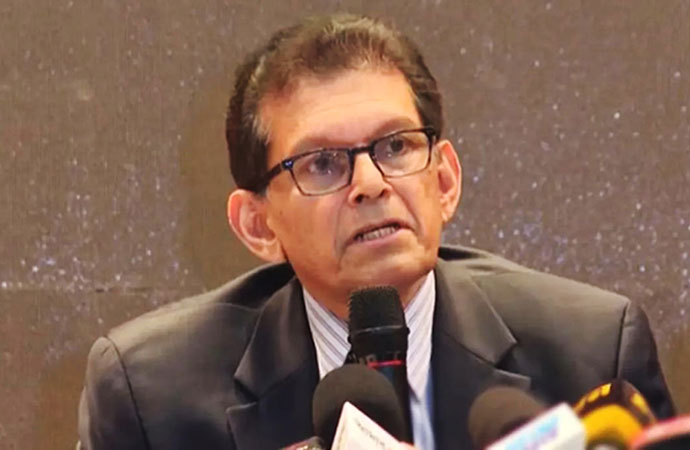
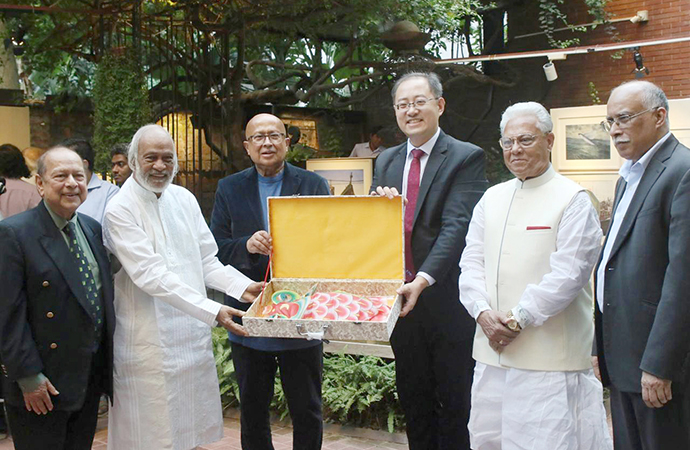






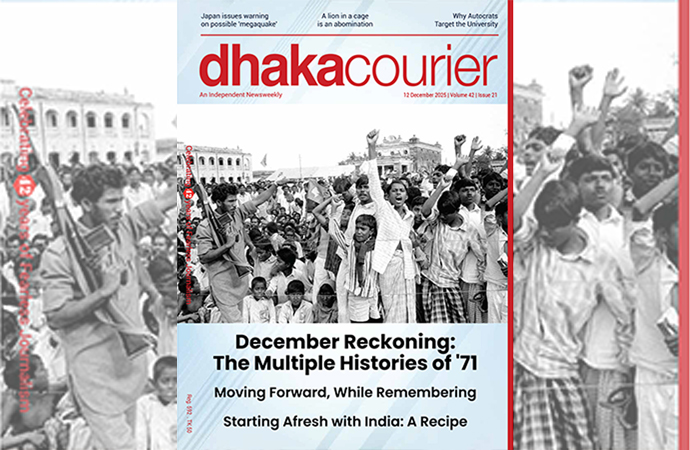
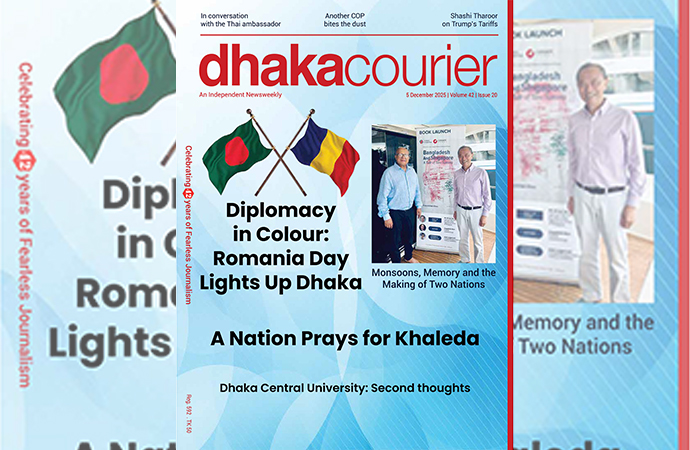

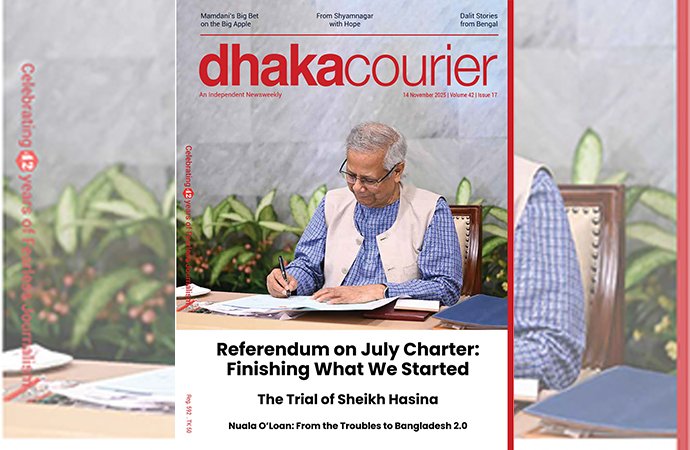
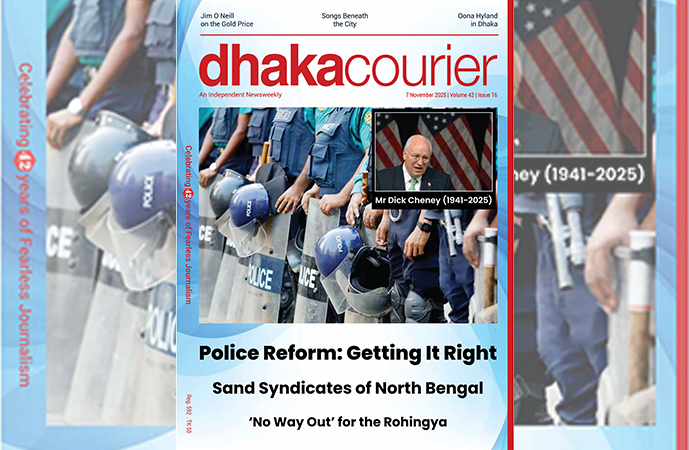
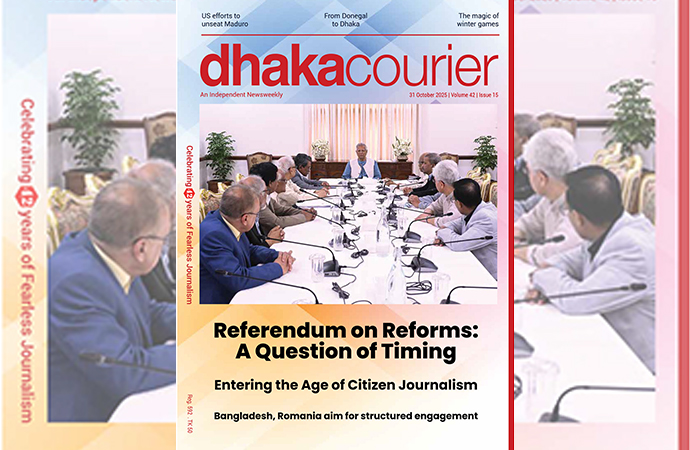
Leave a Comment
Recent Posts
Right On Schedule
The most eagerly anticipated, and frankly hyped up, announcement of an ...
Fighting raged along the borde ...
Fighting raged along the border of Cambodia and Thailand, with explosi ...
ICIMOD drives regional cooperation to inspire new mo ..
The Cage of Captivity and the Cry for Freedom: A Cru ..
Why Japan issued an advisory for a possible megaquak ..
The Autocrats’ War on Universities